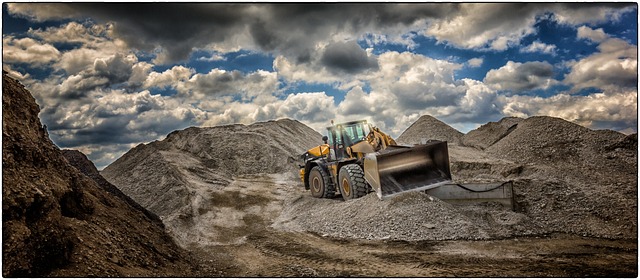Subsurface utility potholing is a revolutionary non-destructive digging technique that safely exposes buried pipes, cables, and wires, minimizing damage and disruptions. Using advanced tools like GPR or EML, trained professionals accurately map utilities before construction, reducing safety hazards, service interruptions, and costly delays. This method ensures critical infrastructure remains intact while optimizing project planning for efficient utility management, making it a vital tool in modern infrastructure maintenance.
In today’s infrastructure landscape, safe and efficient non-destructive digging is paramount. This comprehensive guide explores advanced techniques, with a focus on subsurface utility potholing, to ensure critical utilities are exposed clearly and securely. From understanding diverse methodologies to selecting the right equipment and implementing best practices, this article equips professionals with essential knowledge for minimizing risks and maximizing efficiency in construction projects. Discover how subsurface utility potholing revolutionizes site preparation.
Understanding Non-Destructive Digging Techniques
Non-destructive digging techniques, such as subsurface utility potholing, have revolutionized the way we approach utility exposure. This method allows for precise and safe excavation around buried utilities like pipes, cables, and wires without causing damage. By utilizing advanced tools and technologies, professionals can accurately locate and map these utilities before beginning any construction or repair work.
Subsurface utility potholing involves creating small, controlled holes in the ground to inspect and expose utilities. This non-invasive approach ensures that critical infrastructure remains intact, reducing the risk of service disruptions and potential safety hazards. With accurate data on utility locations, contractors can plan their projects more efficiently, minimizing damage and costly delays associated with traditional digging methods.
The Role of Subsurface Utility Potholing
Subsurface utility potholing is a non-destructive digging method that plays a pivotal role in achieving clear utility exposure. This precise technique involves excavating small, carefully targeted holes to uncover underground utilities such as pipes, cables, and wires without causing damage. By employing specialized equipment and trained professionals, potholing offers a safe and efficient way to locate and map these critical infrastructure components.
The benefits of subsurface utility potholing are numerous. It minimizes the risk of hitting unseen utilities, reducing the potential for service disruptions and costly accidents. This method also preserves the surrounding landscape, as it requires significantly less soil disturbance compared to traditional excavation methods. Moreover, potholing provides accurate data for mapping and documentation, enhancing project planning and ensuring compliance with regulations governing utility location and exposure.
Equipment and Tools for Clear Utility Exposure
When it comes to achieving clear utility exposure, the right equipment and tools are paramount. Non-destructive digging techniques, such as subsurface utility potholing, rely on specialized machinery to expose underground utilities accurately and safely. This process involves using advanced detection technologies like ground-penetrating radar (GPR) or electromagnetic location (EML) to pinpoint utility lines before beginning excavation.
Once detected, trained professionals employ precise mechanical diggers, such as hydraulic hammers or hand-held cutting tools, to uncover the utilities without causing damage. These methods ensure that essential services like water, gas, and electricity remain intact, minimizing disruptions and potential hazards. The use of specialized equipment not only facilitates efficient utility exposure but also promotes cost-effectiveness and adherence to safety standards in construction and excavation projects.
Best Practices for Safe and Efficient Exposure
When it comes to best practices for safe and efficient exposure of utilities, non-destructive digging (NDD) techniques like subsurface utility potholing are paramount. This method involves using specialized equipment to create small, precisely targeted excavations around buried utilities, allowing for their visual inspection and documentation without causing damage. By employing NDD, you can significantly reduce the risk of service disruptions, property damage, or even personal injury that often accompanies traditional excavation methods.
For optimal results, adhere to strict safety protocols and employ skilled technicians who are trained in operating NDD equipment. Regular maintenance and calibration of tools ensure accurate mapping and localization of utilities. Additionally, utilizing advanced technology like GPS and 3D imaging can enhance the efficiency and accuracy of subsurface utility potholing, providing comprehensive data on utility locations, depths, and types for safer, more informed decision-making during construction or repair projects.
Non-destructive digging techniques, particularly subsurface utility potholing, offer a safe and efficient method for exposing utilities without causing damage. By utilizing specialized equipment and adhering to best practices, professionals can ensure precise identification and access to underground infrastructure. Subsurface utility potholing is a game-changer in the industry, revolutionizing how we navigate and maintain our critical utility networks, ultimately enhancing safety and reducing costly errors.
